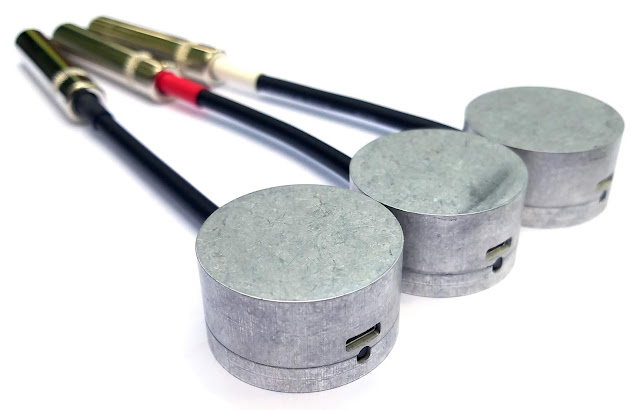Audio by the Meter

Figure 1: Pinot Gallizio, 'Industrial Painting'
Introduction
After meeting with Will and Philip, I thought it would be a good idea to start trying to run some machine learning on RPPtv web servers, at least as a proof of concept. As an starting point, I thought it would be nice if people could go to a web page, enter how much audio they want to generate, and then be served a wav file. So I made the simplest page possible, just to try to get the pipeline flowing. It generates lakeside sounds from a model trained by wavenet. The user can only specify the length of the recording. In my tests it takes about a minute and a half to generate 1 second of audio.Installation
The code for this page lives in the ambisynth private repository. The main page is just simple html. On submit, the audio is generated by a CGI script written in python. The python script expects there to be a virtual environment where TensorFlow and librosa are installed. The repository contains an install script that creates the virtual environment. After running that, the website can be served with
python -m CGIHTTPServer 8000
So far, I have only run it locally. I don't have the resources to run this live on the web.
Screen Shots


Figure 2: Screenshots of the main page, and the audio file page, after it has been generated

Figure 3: Server log while serving the index.html, generating the audio file, and serving it



Excellent Michael.
ReplyDeleteWe will get Sam and Julian to have a look and assess how we can move this forwards.
Thank you, this is all very interesting.
Russ